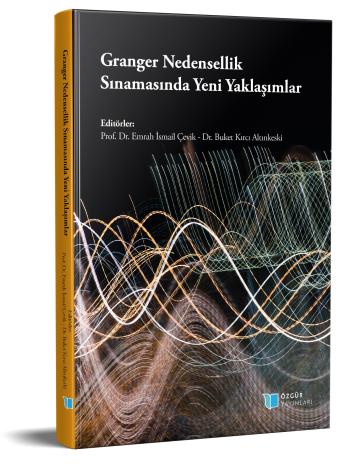
Granger Nedensellik Sınamasında Yeni Yaklaşımlar
İndir
Özet
Wiener (1956) ve Granger (1996) tarafından geliştirilen nedensellik kavramı zaman serileri arasındaki dinamik ilişkileri incelemek için temel bir dayanak noktası olmuştur. Değişkenler arasındaki Granger nedensellik ilişkisi, araştırmacıların uygun bir model formüle etmesine ve ilgilendikleri değişkenler için daha iyi tahmin değerleri elde etmesine olanak tanıdığından, literatürde oldukça fazla ilgi görmüş ve çok sayıda çalışmada Granger nedensellik testi kullanılmıştır. Bu çalışmada Granger nedensellik sınmalarında kullanılan güncel yöntemlere yer verilmiştir. Bu bağlamda, ilgili bölümlerde Krolzig (1996) tarafından önerilen rejimlere bağlı nedensellik testi, Toda ve Yamamoto (1996) tarafından geliştirilen gecikmesi arttırılmış VAR model dayanan nedensellik testi, Hong (2001) tarafından önerilen varyansta nedensellik testi Breitung ve Candelon (2006) tarafından geliştirilen frekans alanında nedensellik testi, Hatemi-J (2012) tarafından geliştirilen asimetrik nedensellik testi ve Enders ve Jones (2016) tarafından önerilen Fourier Granger nedensellik testi teorik ve ampirik açıdan ele alınmıştır. Kitabın ortaya çıkmasında katkı sağlayan tüm bölüm yazarlarına şükranlarımızı sunarız.

